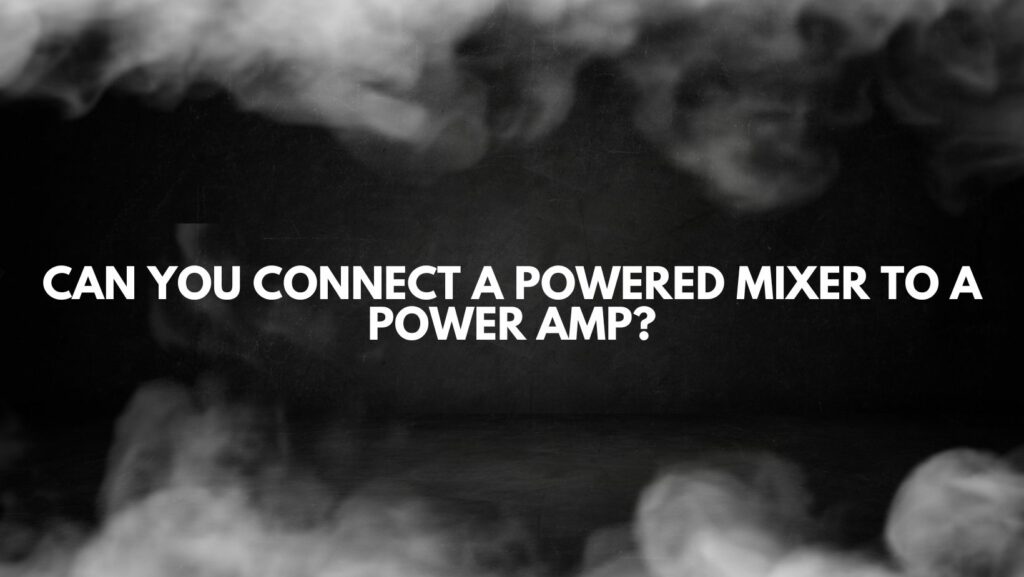In the intricate world of audio engineering, achieving optimal sound quality often involves combining various components to create a seamless and powerful audio setup. One common query that arises is whether it’s possible to connect a powered mixer to a power amplifier. In this article, we will explore the benefits, considerations, and step-by-step guidance for linking a powered mixer to a power amp, unlocking new possibilities for audio enthusiasts and professionals alike.
Understanding the Components:
Before delving into the connection process, it’s essential to understand the fundamental roles of a powered mixer and a power amplifier. A powered mixer integrates both a mixing console and a built-in power amplifier, simplifying the setup by eliminating the need for a separate amplifier. On the other hand, a power amplifier is dedicated solely to amplifying audio signals and requires an external mixer.
Advantages of Connecting a Powered Mixer to a Power Amp:
- Scalability: Connecting a powered mixer to a power amp allows for scalability, enabling you to enhance the overall power and coverage of your sound system. This is particularly beneficial in larger venues or events where additional amplification is required.
- Flexibility in Signal Processing: While powered mixers often feature built-in EQ and effects, connecting to a power amp gives you the flexibility to utilize external signal processors or equalizers for a more tailored and nuanced sound.
- Optimized Power Distribution: By offloading the amplification duties to a dedicated power amp, you can ensure a more efficient distribution of power, reducing the strain on the powered mixer and potentially extending its lifespan.
Connection Process and Considerations:
- Check Compatibility: Before attempting any connections, ensure that both the powered mixer and the power amplifier are compatible in terms of signal levels, impedance, and connectors.
- Identify Outputs on the Powered Mixer: Locate the main outputs or speaker outputs on the powered mixer. These are typically labeled as “Main Out” or similar.
- Connect to Inputs on the Power Amp: Use high-quality cables to connect the main outputs of the powered mixer to the inputs on the power amplifier. Ensure that the cable connectors match the input and output types on both devices.
- Adjust Levels and Settings: Carefully adjust the output levels on the powered mixer and input levels on the power amp to achieve a balanced signal. Be mindful of potential signal clipping and distortion.
Conclusion:
Connecting a powered mixer to a power amp opens up a world of possibilities for audio enthusiasts seeking to optimize their sound systems. Whether you’re aiming for greater power, enhanced flexibility, or improved signal processing capabilities, this combination can provide a versatile and powerful solution. By following the recommended steps and considering compatibility factors, you can unlock the full potential of your audio setup and deliver an immersive listening experience in various settings.

